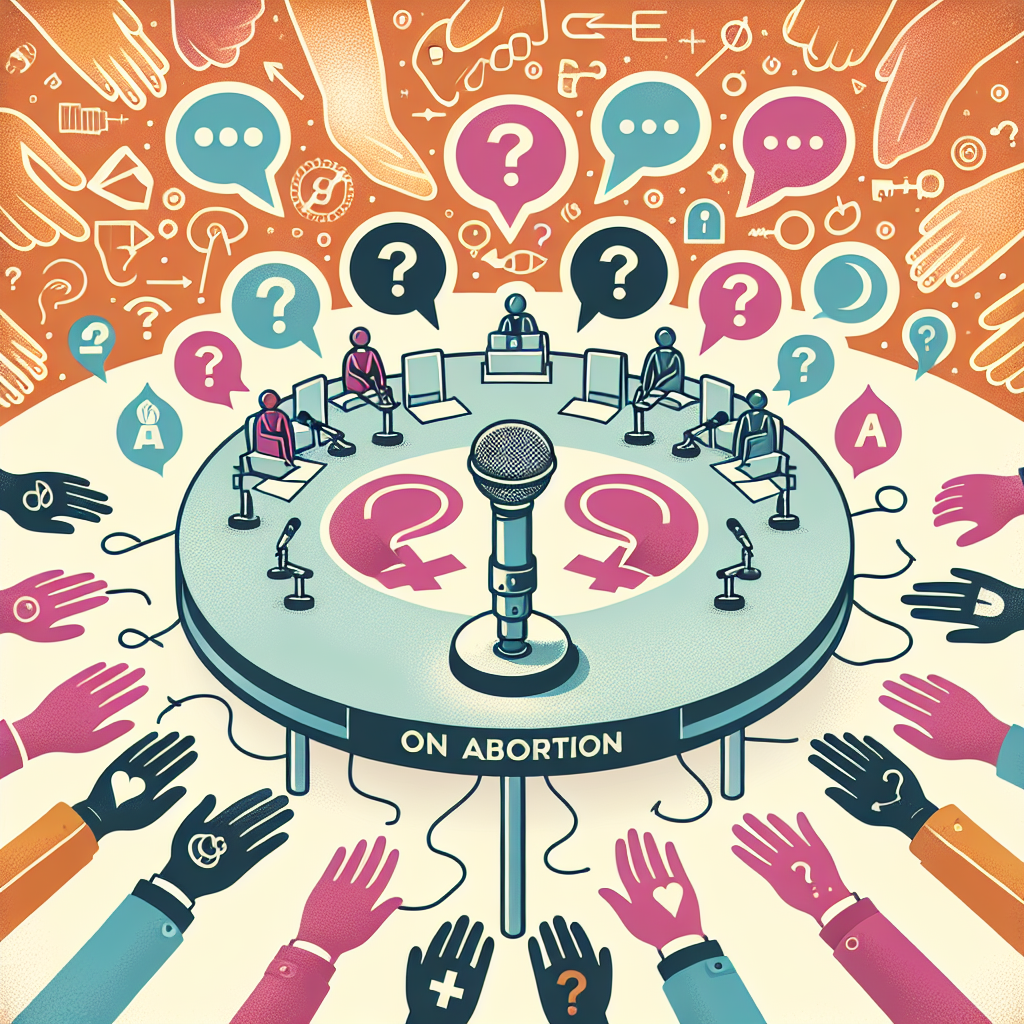In the current political landscape, the Democratic Party finds itself at a significant crossroads, largely due to a sudden decision to shift leadership from Joe Biden to Kamala Harris in an apparent bid to salvage the upcoming elections. This abruptness and lack of strategic thought highlight a broader, troubling trend of disconnection from reality within the party’s elite. Many observers have likened this scenario to an act of resignation from political life, suggesting that the party is suffering from a profound ideological and existential crisis. The notion of a “political abortion” encapsulates the idea that the party, in its desperation, has hastily discarded its previous direction, leading to a state of chaos and uncertainty. Amidst these events, it is evident that the Democratic Party risks alienating its base and losing its relevance altogether if it fails to address its internal disarray.
As the election approaches, the precarious position of Kamala Harris is evident. She appears overwhelmed and unable to inspire confidence, often resorting to scripted and uninspiring remarks that reflect the party’s broader disconnect with voters. Her experience echoes that of past political figures who have been thrust into leadership roles without adequate preparation or support, suggesting a pattern of neglect regarding candidate viability and party strategy. Moreover, the media’s traditional support for Democratic nominees seems to be faltering, with major outlets like the Los Angeles Times and Washington Post opting not to endorse Harris. This trend signifies a potential loss of confidence amongst journalists who once aligned with the party’s narrative, further complicating the Democrats’ efforts to rally support.
In the wake of this turmoil, prominent media personalities are also struggling, revealing cracks in the once solid foundation of Democratic political commentary. Figures such as James Carville and Joy Reid are seen grappling with their roles, struggling to articulate a cohesive narrative amidst rising tensions and uncertainties. As the party faces internal dissent and growing frustrations, the media’s inability to provide salient support is becoming increasingly evident. The overarching question is whether the party can allow itself to regroup and address its challenges in a constructive manner or if it will continue down a path of self-destruction, akin to burning down the proverbial asylum.
Amidst these developments, there are broader concerns surrounding election integrity. Accusations of ballot tampering and rigging are resurfacing, particularly as early voting gains momentum across the nation. Allegations of a coordinated effort to undermine electoral fairness signal growing distrust among the electorate. The actions, or inactions, of those in power—combined with apprehensions about potential disruptions post-election—have created a climate of fear that complicates the political landscape. As various states prepare for potential disputes over election results, the focus shifts to how these challenges will be managed by the authorities and the implications they hold for American democracy.
Ensuing debates about the handling of election-related controversies, including the fallout from previous leadership decisions, indicate that many are pushing for accountability. The past few years have nurtured a sense of disenfranchisement among voters; many feel abandoned by a system that no longer prioritizes their interests. Consequently, as Trump’s followers exhibit newfound vigor and determination, many within the Democratic base appear disillusioned, raising critical questions about party identity and future direction. The confidence of the MAGA supporters stands in stark contrast to the rising despair among Democrats, presenting a potential threat to the party’s ability to mobilize engaged, passionate voters.
In light of these cascading events, the state of the Democratic Party seems dire. As it grapples with its identity crisis and the implications of hasty decisions, it faces the risk of erasing the ideological foundations that once defined it. The party’s future hinges on whether it can confront these challenges with clarity and a vision for the future or if it will continue to spiral into political irrelevance. As the nation approaches a pivotal election, how these dynamics unfold will reverberate through the political landscape for years to come, shaping the evolution of American governance and society. The question remains: can the Democratic Party recover and reclaim its footing, or will history record it as the party that unexpectedly plunged into the abyss?

